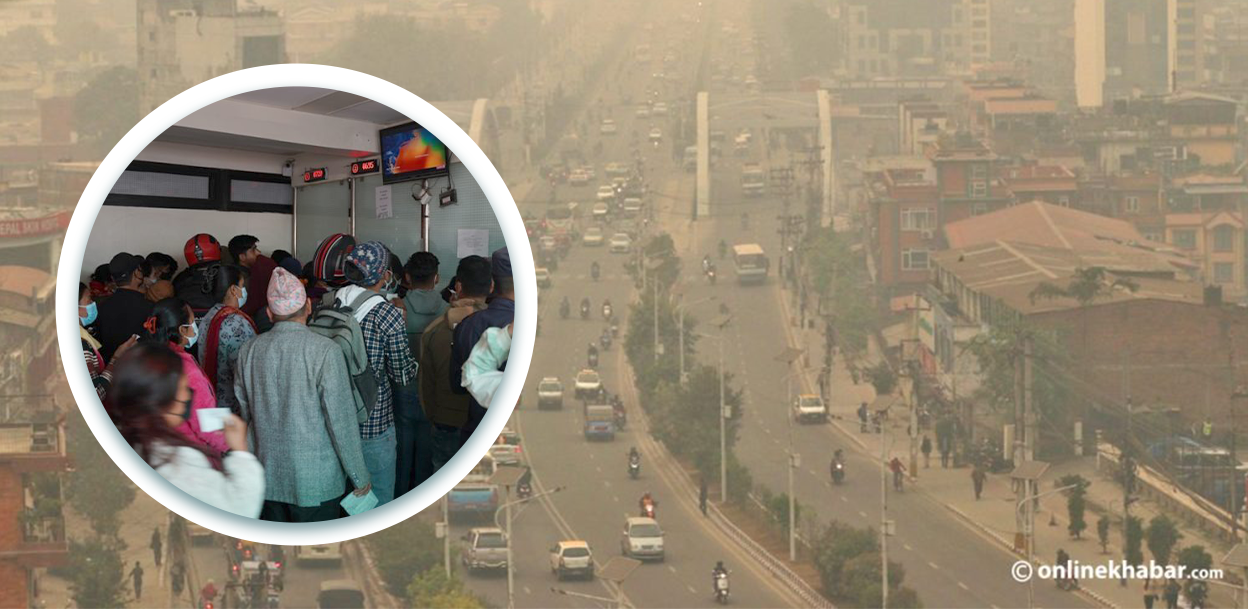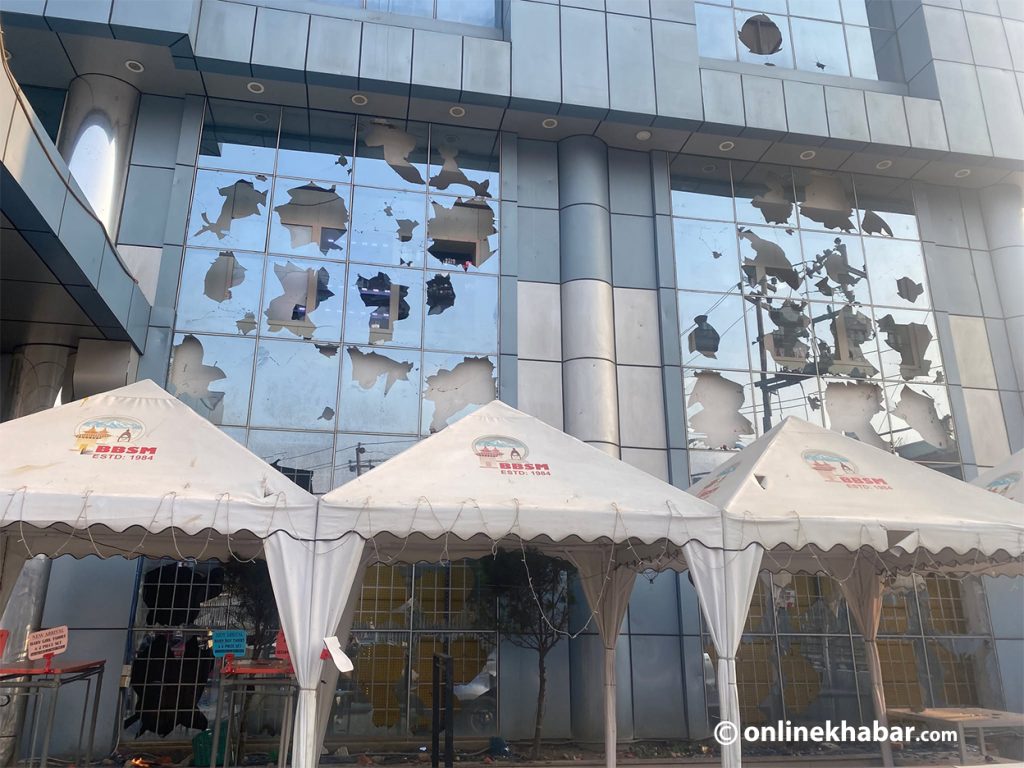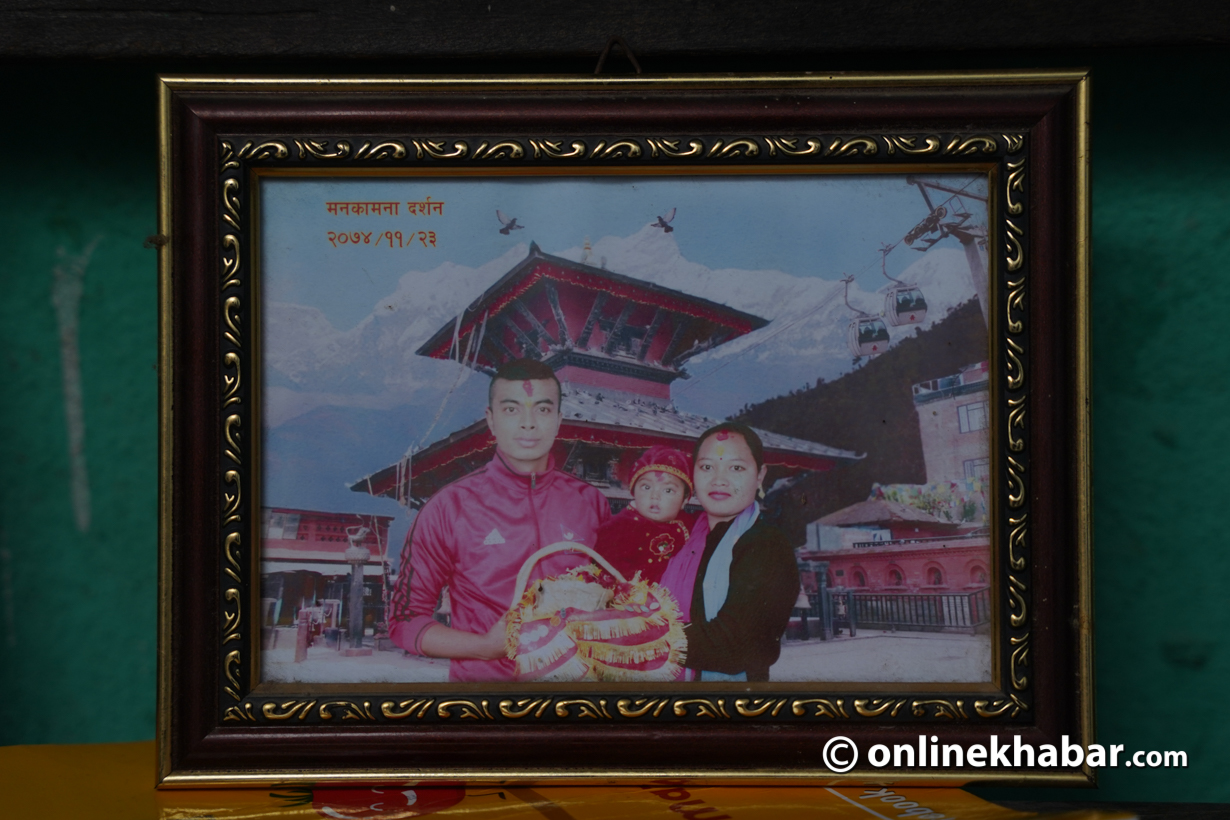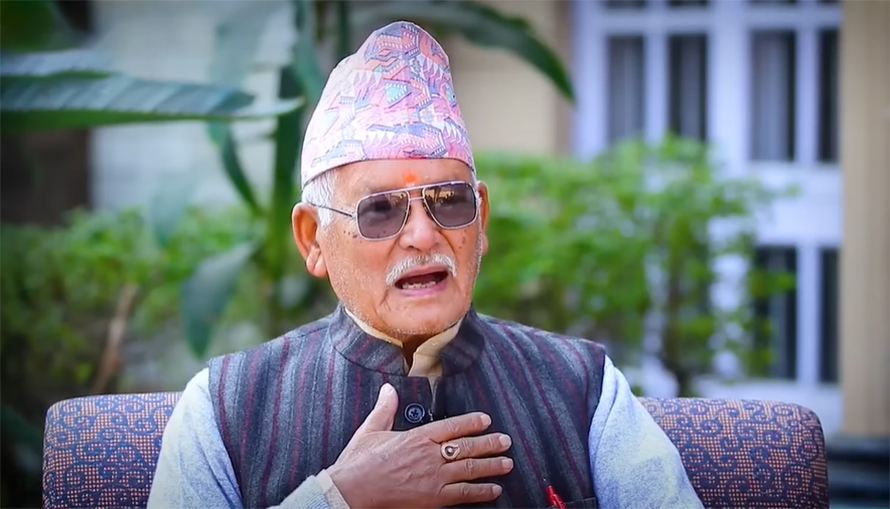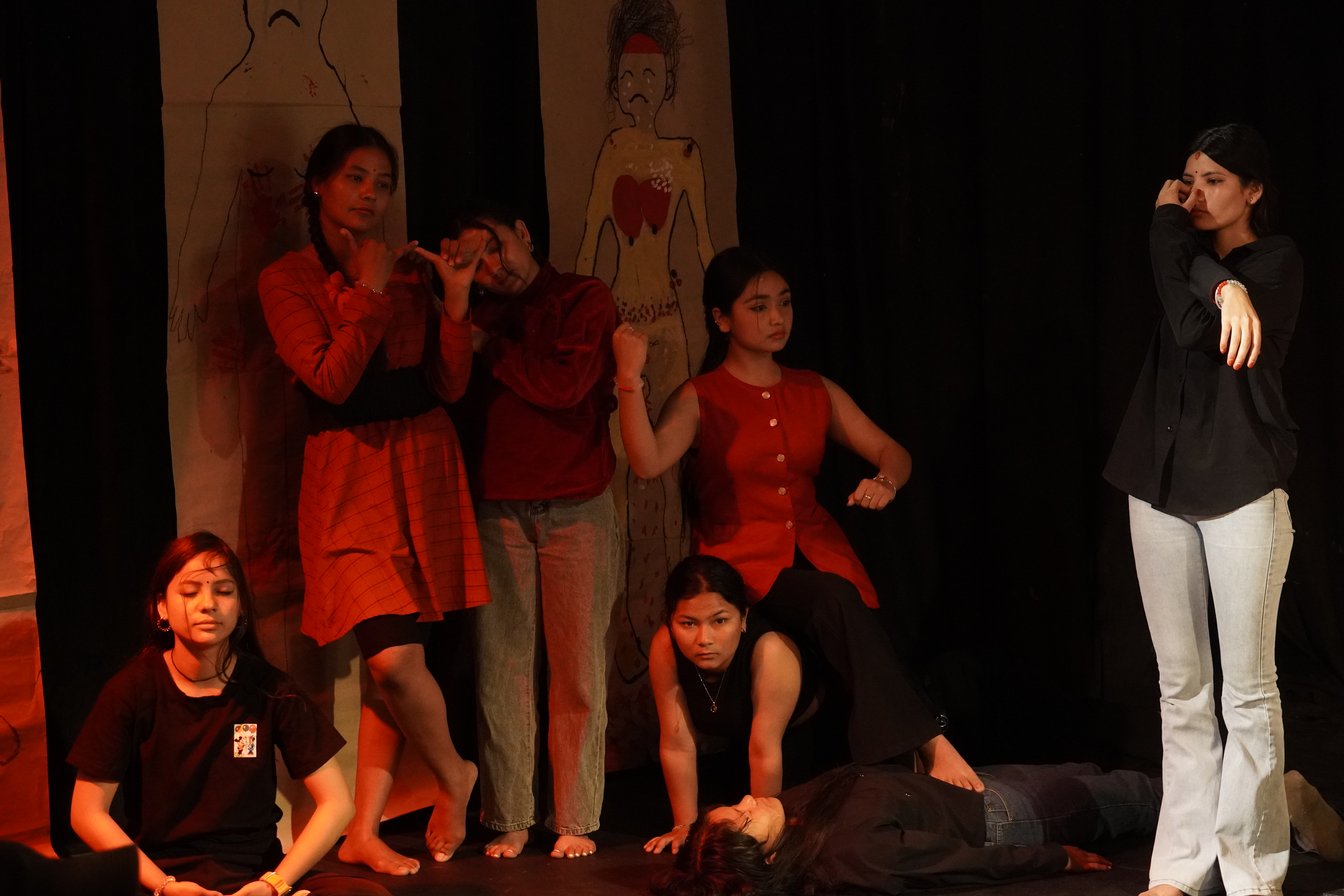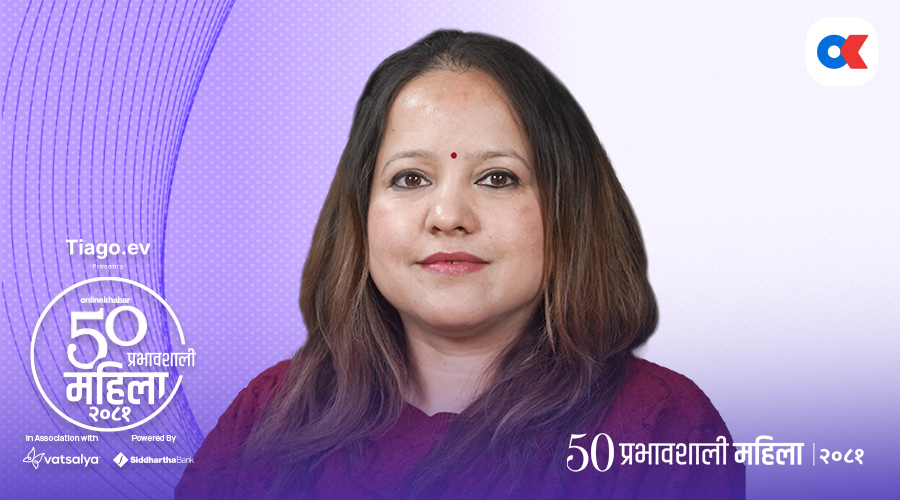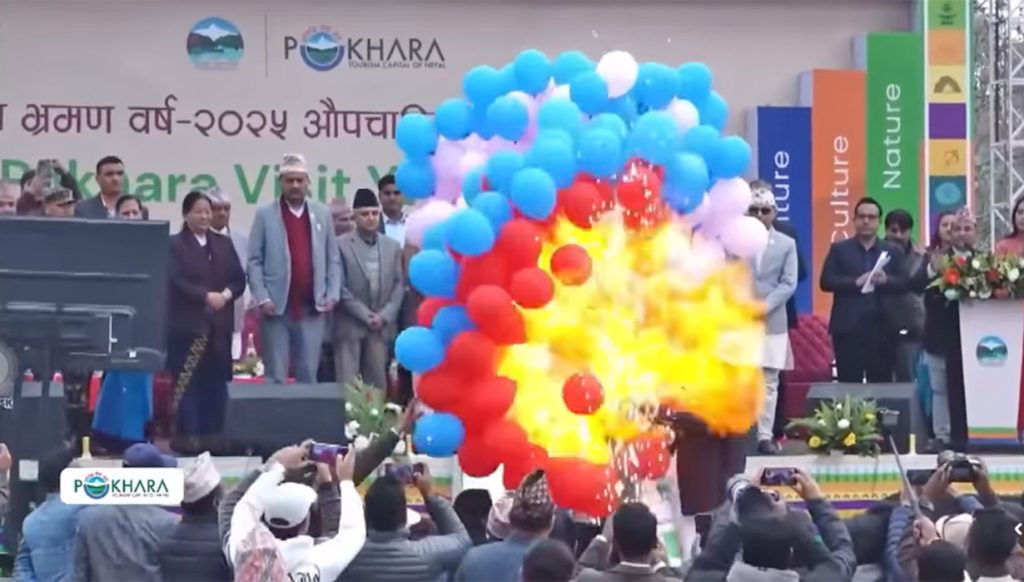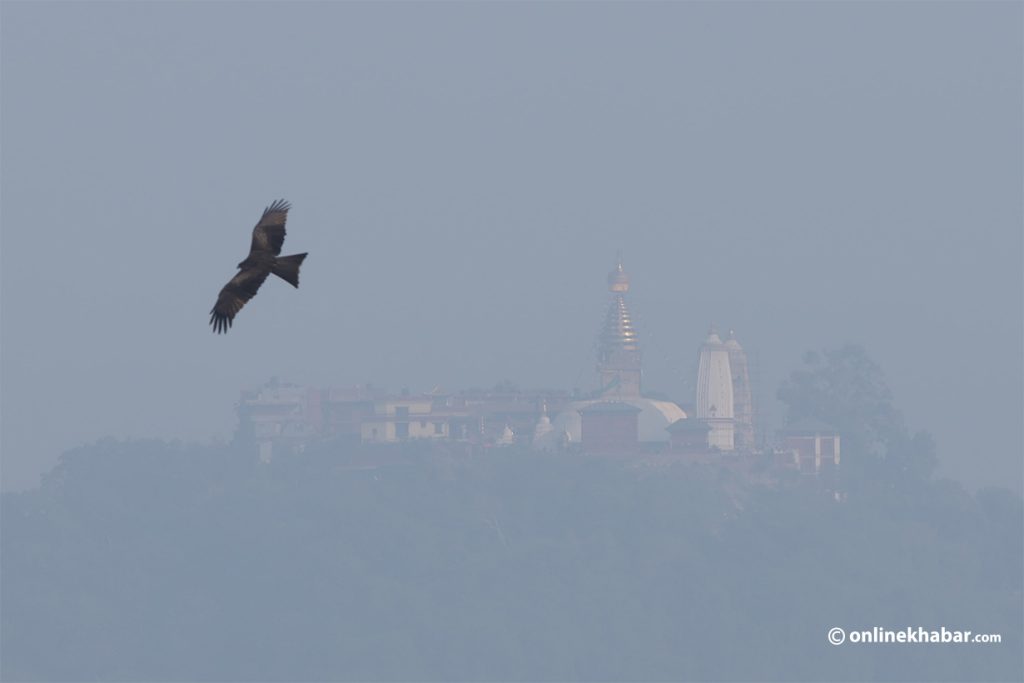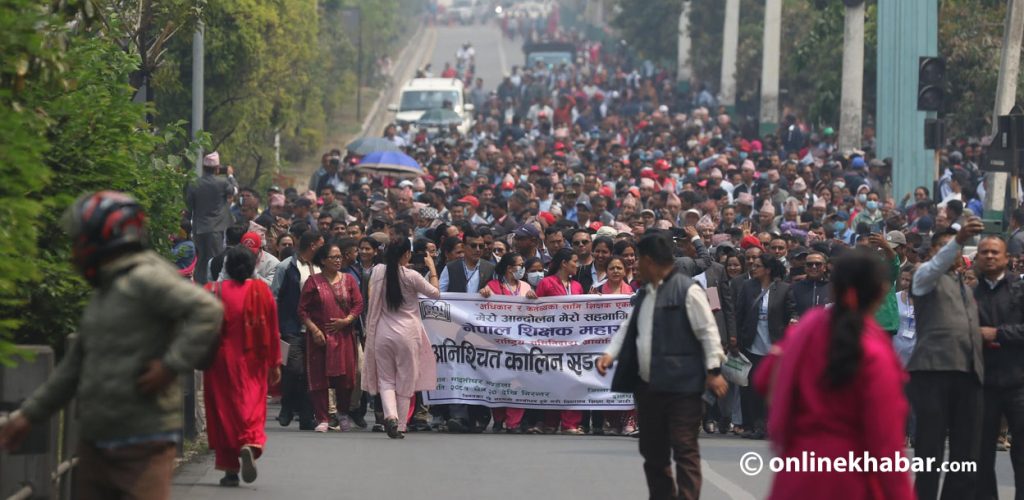
Saptari, July 29
Ten Nepali nationals, including Dev Narayan Yadav, a former member of Saptari district development committee, got injured when a group of Indians beat them with lathis at Tilathi VDC, Saptari district, on Thursday. Of the injured, two are in a critical condition. When Onlinekhabar caught up with them on the site, the injured accused the government of Nepal of doing nothing against Indian excesses.
The injured said people like them had been guarding bordering Nepali territories by fighting with India for decades. “Despite this, government often describes us as Indians and Biharis. This hurts us so much,” the injured lamented.
“We have been guarding bordering Nepali territories by fighting with India for decades. But government often describes us as Indians and Biharis. This hurts us so much”
14-year-old critical
About three years ago, Indian lawmaker Baidhyanath Yadav staged a hunger strike and managed to have a dam built on the Khando River. But this did not wake up our lawmakers from slumber.
Our state has failed to address our problems, so we have no option but to fight for ourselves, says Yadav.
People of Saptari’s Tilathi VDC and Kunauli, India, have a long-running dispute regarding the border. The dispute took an ugly turn on Thursday, leading to clashes between two sides. According to police, the clashes left six Nepalis and 10 Indians injured. But Tilathi locals say 14 Nepalis, including 14-year-old Harsha Bandan Karna, sustained injuries. Two of the injured, including Karna, are critical.
Local people have accused the government of not showing interest in the treatment of the injured. While the two are receiving treatment at Rajbiraj-based Gajendra Narayan Singh Sagarmatha Hospital, others are under treatment at local level. Yadav has had 12 stitches on his head.
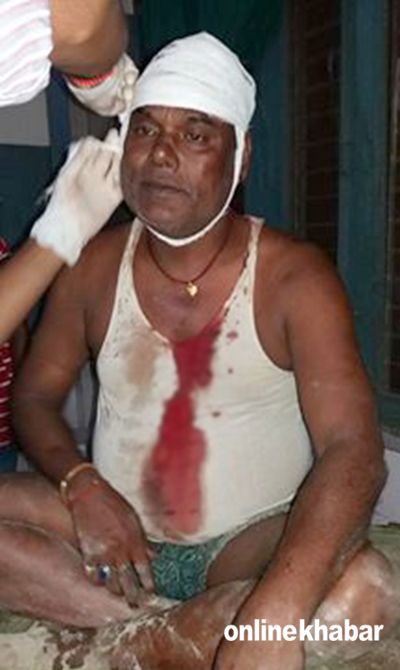
People of Tilathi and the vicinity have been bearing with Indian excesses for long. On top of it, they have a feeling that their own government has not bothered to provide them security.
Yadav says the state does not bother about their security and pays no heed to their problems.
More than that, according to Yadav, there’s a tendency to call us Indian citizens and say we came from Bihar. “Expressions like these hurt our sentiments.”
‘We are Nepalis and will always remain Nepalis. I ask all concerned to not subject us Madheshis to verbal abuse.’
Yadav told Onlinekhabar: Our government does not assist us, does not bother to solve our problems. Not only that, it fires verbal salvo at us. We are Nepalis and will always remain Nepalis. I ask all concerned to not subject us Madheshis to verbal abuse.
Border pillars missing
It’s a long-running dispute between people on either side of the border. But because of this dispute, border pillars have gone missing. No one has paid attention to this.
“Five years ago, border pillars got buried in the sand. No one taken this into account,” locals say.
With border pillars missing, it has become difficult to trace Nepali and Indian territories, says Niraj Jha, a local, adding: We have repeatedly informed the government about this situation.
Chief district officer Bal Dev Gautam says: Border pillars have been buried, that’s why we have told Indian not to build any dam there for now.
Gautam says: When recent flooding caused the collapse of a dam built earlier, the Indian side started building it again despite an earlier agreement between Nepali and Indian sides to not construct such a structure. We protested this act.
Recurring dispute
This is a dispute that recurs every year, especially during the rainy season, when flooding in the stream puts settlements in peril. Indians subject us to verbal abuse and beat us too, says Pankaj Jha, a mediaperson, adding: We have repeatedly drawn the attention of our administration towards this matter, to no avail.
According to Jha, local people have to face problems every year because Nepali authorities do not dare speak on behalf of Nepal.
“Nine years ago, Indian security personnel opened fire on us, almost,” Yadav recounts, adding: At that time, when we were building a dam through the Department of Water-induced Disaster Prevention, Indian security personnel came wielding guns and took our overseer and engineer with them.
After days of discussions, the Indian side released our people and we somehow managed to build a dam, says Yadav.
He says the dispute between Nepali and Indian nationals has been continuing for 15 years. Earlier, we used to have a verbal war. Clashes have become the norm for the past three years, ever since India built a dam unilaterally in Kunauli.





